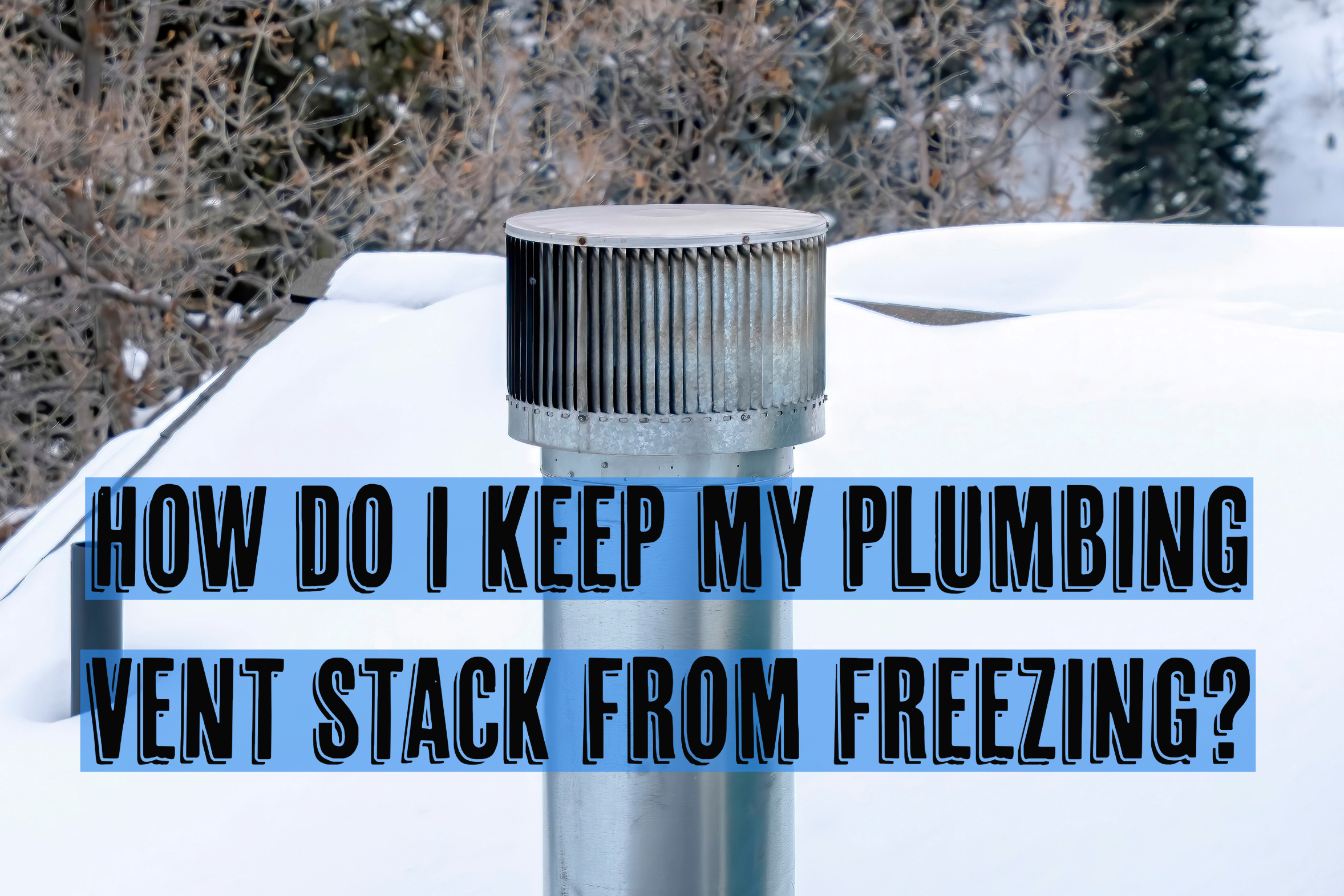During the winter season, when temperatures drop, there’s a potential risk to your plumbing system, especially here in Ohio! Did you know that in extremely cold weather, your plumbing vent stack could freeze? This can lead to harmful sewer gases accumulating inside your home. You might be wondering what a plumbing vent stack is, and that’s totally fine. The truth is, plumbing vent stacks often get overlooked and don’t get the TLC they deserve.
Your plumbing system has many important parts, and it can be tough to keep track of them all if you’re not a plumbing expert. But don’t worry, that’s where our favorite Kettering Plumbing & Drain experts come in! Let’s team up to discover ways to protect your plumbing vents and ensure a cozy winter season for you and your family.
What Are the Purposes of Plumbing Vents and the Vent Stack?
Most homes have one single vent stack on the roof. These vent stacks are like the “end piece” of the plumbing vent system, connecting all the drain lines in the house – sinks, toilets, tubs, you name it. Some houses may even have multiple vent stacks on their roofs. Also, vent stacks are usually made of materials like cast iron, steel, galvanized steel, PVC, or CPVC.
Although plumbing vents and the vent stack may not considered to be in the spotlight, they play a crucial role in getting rid of those unpleasant sewer gases from your plumbing system. They control plumbing odor, prevent backflow and siphoning, balance air pressure, and keep everything running smoothly. But here’s the thing, in cold regions, when snowfall hits hard, the vent stack can get frozen and blocked with ice buildup. That could turn into a plumbing nightmare! So, we’ve got some tips to prevent this catastrophe from happening. Let’s check them out together!
What Are Some Ways You Can Identify a Frozen Vent Stack?
You can check out the vent stack from the ground outside, looking up to visually inspect it. What you want to keep an eye out for is any ice buildup on top of the vent stack. If you happen to spot any, it might mean that the stack is frozen. Another thing to watch out for are toilets that flush slowly or make gurgling sounds, as these can also be signs of a frozen vent stack.
What Are Some Ways You Can Prevent a Vent Stack from Freezing:
- Pipe insulation is a handy little trick to have up your sleeve. If you can get to the vent stack in your attic, try using pipe insulation on that spot that you have access to to help stop ice from building up.
- If this is a problem you’ve encountered multiple times, heat tape is another great option. Use heat tape on the part of the vent stack that you can reach in the attic. Just make sure to follow the manufacturer’s instructions for safety.
- You can use an insulated cap on your vent stack.
- You can pour some warm water down drains that aren’t used often, like floor drains, and let hot water run from faucets periodically. This makes sure that the traps stay full and helps prevent freezing.
- If your vent stack is already frozen, you can open the attic door to let warm air in from the lower level of your house. This can help thaw your frozen vent stack faster. Just keep in mind that it might temporarily increase your heating expenses.
- Don’t let outdoor debris like leaves and twigs pile up on and around the vent stack. When combined with winter weather, this loose debris can create a stubborn ice blockage. But keep in mind, unless you’re a professional, it’s better to skip climbing onto your roof.
To keep your plumbing vent stack from freezing this winter and make sure your plumbing system runs smoothly, check out these tips. Also, remember that regular maintenance and preventive measures go a long way in keeping your plumbing system in great shape. We wish you nothing but a cozy and worry-free winter!
If you’re having any issues with plumbing vent stacks or have other plumbing concerns, feel free to reach out to Kettering Plumbing & Drain. We’re here to help! Call us today at (937) 764-3788, or schedule an appointment online now by clicking here!




